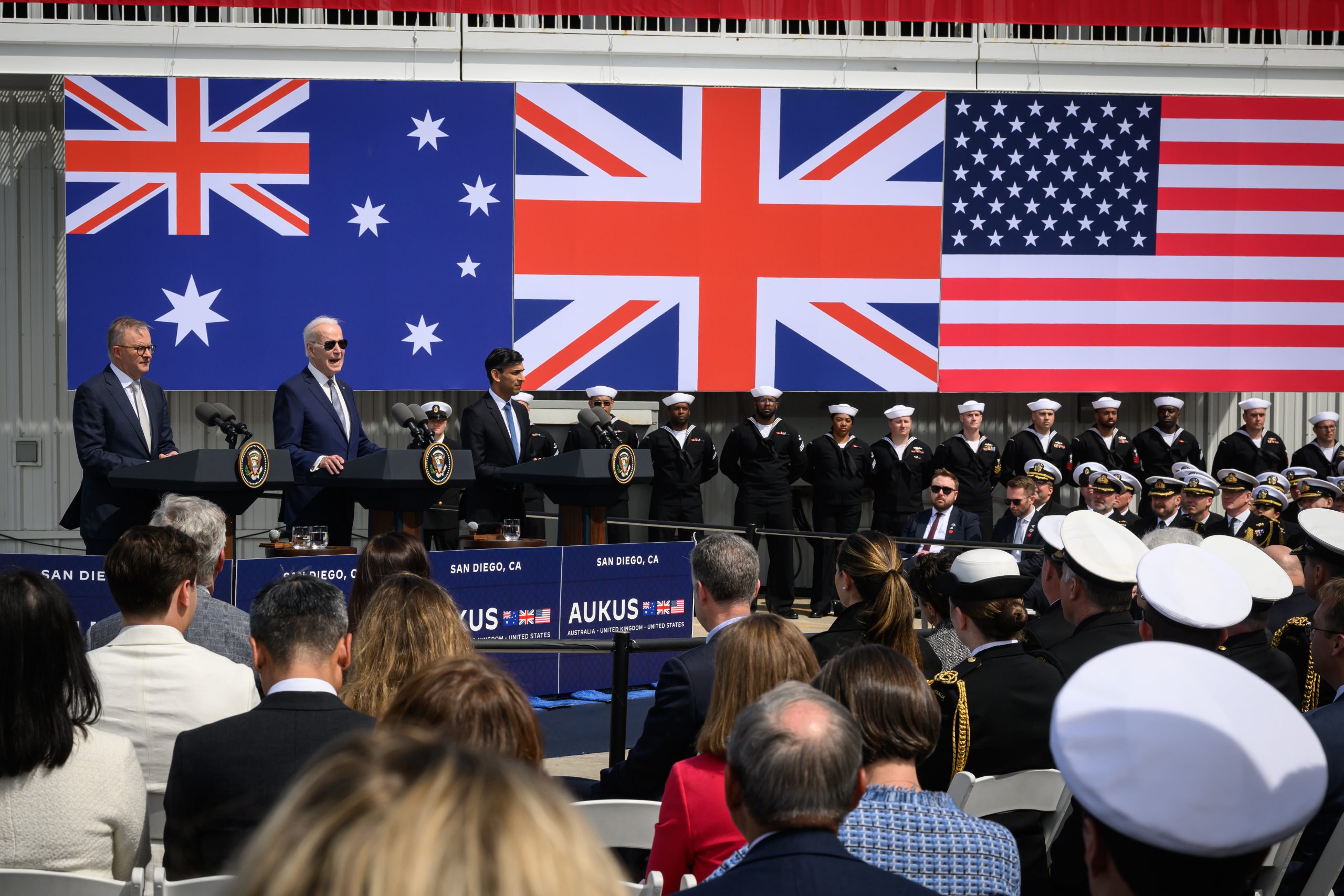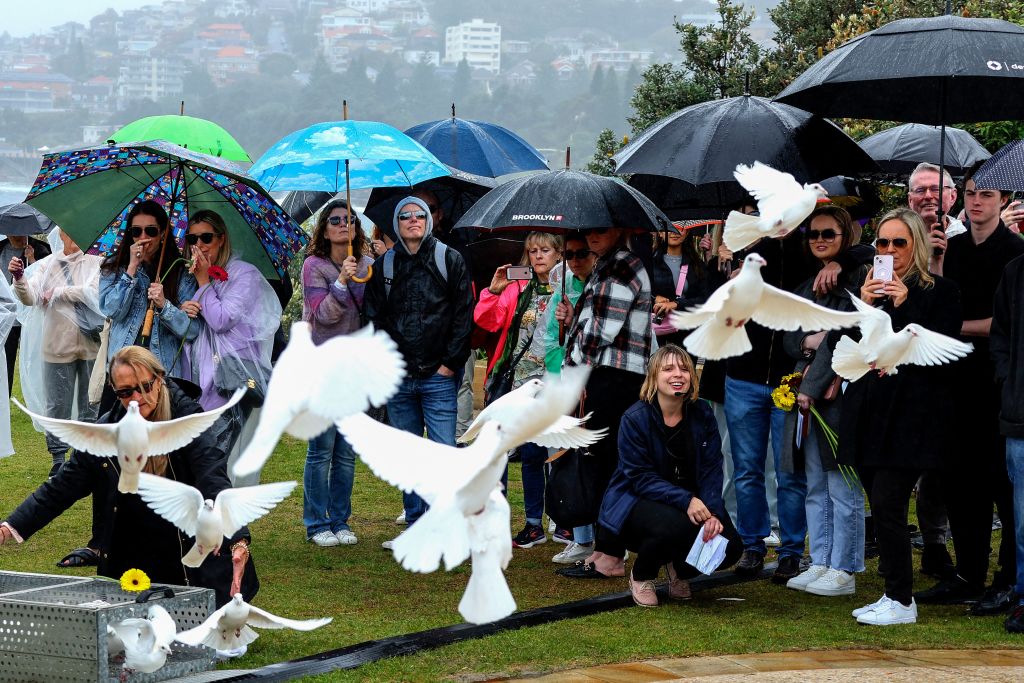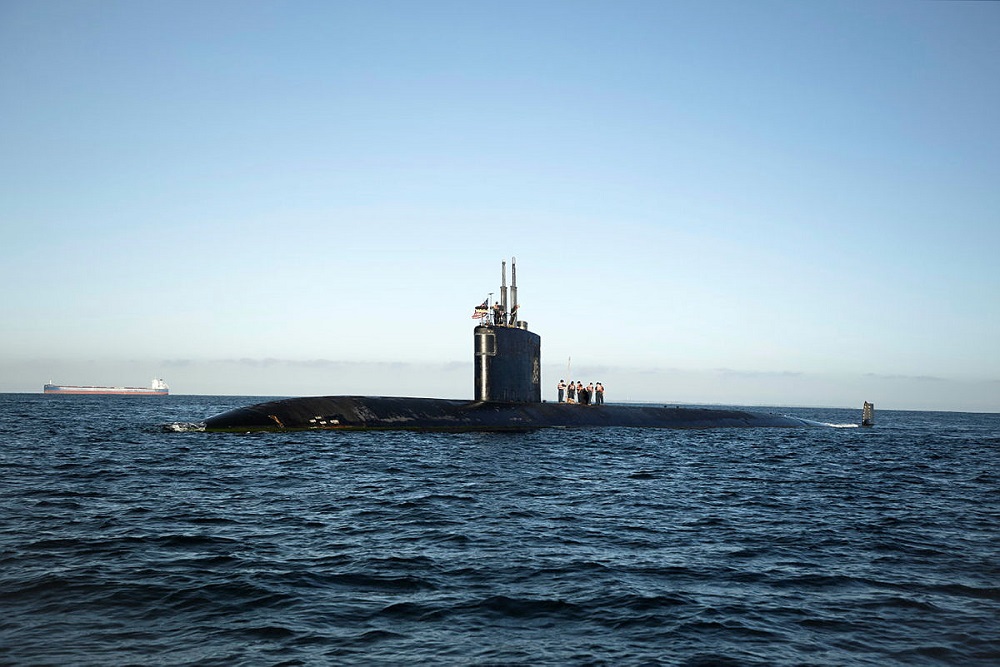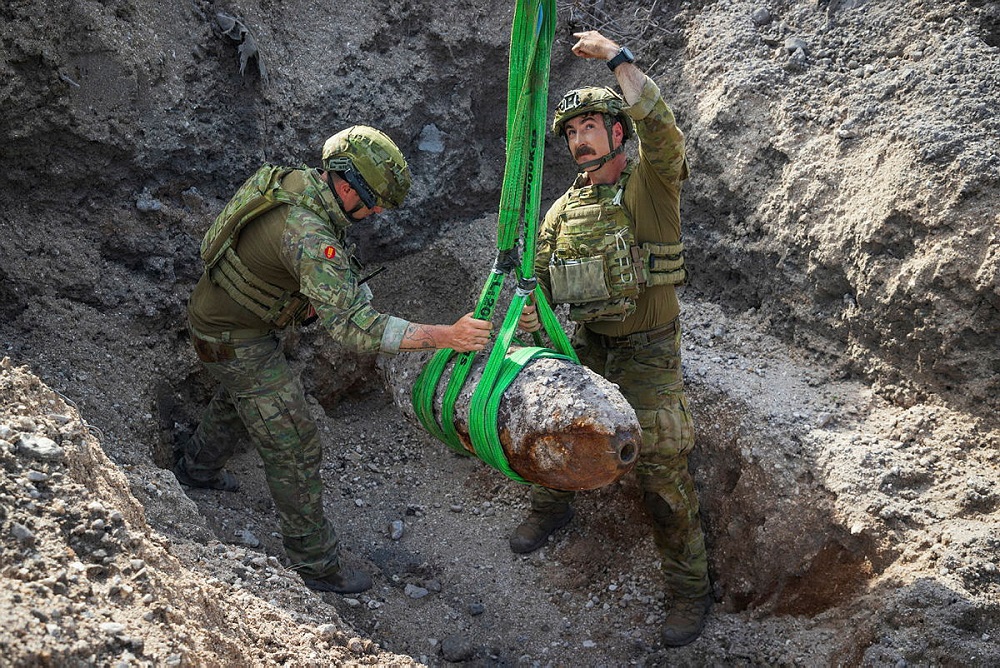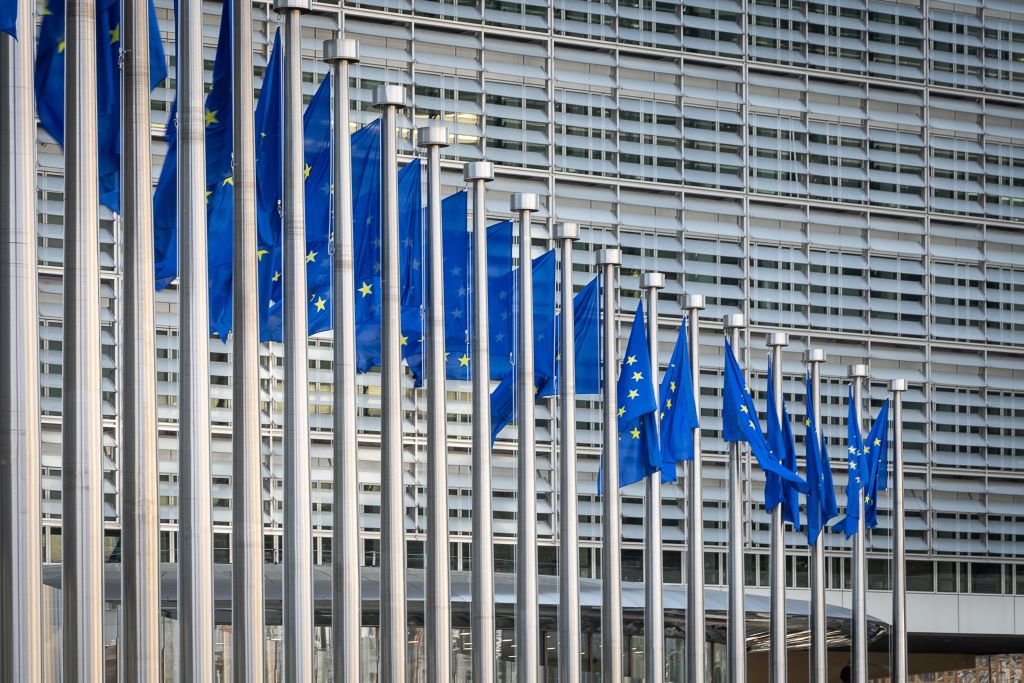Defence estate divestments: the state of play
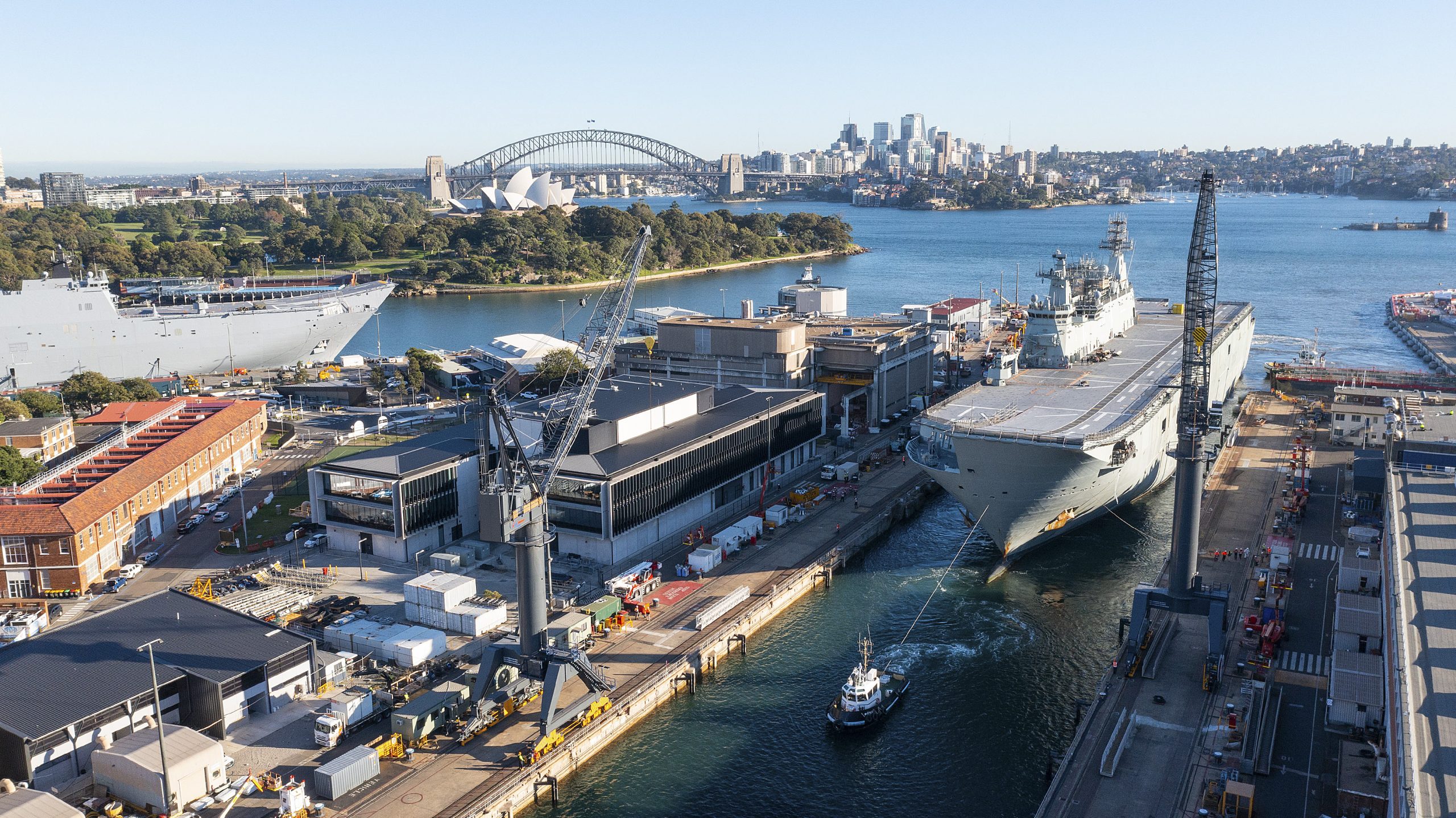
The Department of Defence is the largest single landholder in the Commonwealth and one of the largest overall landholders in Australia. The Defence estate comprises 70 major bases, 100-plus training ranges and more than 1000 owned and leased properties. Those assets have a combined gross replacement value of around $68 billion. Defence properties are situated in some of the most valuable and desirable locations across Australia, such as Victoria Barracks on St Kilda Road in Melbourne, Victoria Barracks on Oxford Street in Sydney, and HMAS Penguin and the Garden Island Naval Precinct, both of which are on Sydney Harbour.
Historically, planning and divestment of the Defence estate has been guided by Defence White Papers and major reviews, including the most recent 2023 Defence Strategic Review (DSR). As a result of the DSR’s recommendations, an audit of the Defence estate was completed and subsequently submitted to Defence for consideration in December 2023. Areas of focus for the audit included strengthening the resilience of the Defence estate, mechanisms to accelerate the delivery of major infrastructure, climate-change risks, and options for the consolidation of underutilised facilities (the identification of sites to be divested). Outcomes of the audit have not yet been shared with the public.
Before the DSR, the last detailed examination of the Defence estate footprint was the 2012 Future Defence estate report (not publicly available). That report emphasised the rationalisation and divestment of surplus sites as a priority for Defence. Surplus sites were identified as those that were surplus to capability needs, considered unsuitable by contemporary standards, or not supporting Defence capability in the most cost-effective manner. Seventeen sites (out of 75 major bases) were earmarked for closure and divestment.
Currently, Defence has publicly shared a pipeline of around 14 property divestments in train, including notable and contentious sites such as the Defence site Maribyrnong (a large, heavily contaminated site in Melbourne’s rapidly growing western suburbs), Stokes Hill (a former naval fuel station on Darwin’s foreshore), and the Penrith Multi-User Depot (packaged as part of the former government’s Western Sydney City Deal).
Twelve years after the 2012 Future Defence estate report, it remains unclear whether the sites identified in 2012 have been divested or whether the sites in the current pipeline earmarked for divestment were part of the original recommendation. That lack of clarity reduces transparency regarding Defence’s divestment activities. Presumably, that uncertainty arises because an update on sites for divestment is expected after government consideration of the Defence estate audit report.
Divestment of parts of the Defence estate is understandably appealing, given the increasingly uncertain strategic environment and the focus on investing in the northern network of bases. The DSR reaffirms that the Defence budget is under significant pressure across acquisition, sustainment, workforce and operating categories, necessitating difficult decisions and trade-offs to manage the defence budget in the immediate future.
Adding to that pressure, the cost of managing and maintaining the estate is substantial, and expenses are expected to rise due to historical underinvestment in the ageing estate. Additionally, there’s a need to enhance the resilience of the estate to mitigate the impact of climate change, comply with environmental and heritage regulations, and meet the broader federal government objective of addressing affordable housing and the supply of land for housing in key metropolitan and regional locations. Divesting the estate presents an opportunity to contribute to Defence funding shortfalls, exacerbated by major capability acquisitions such as AUKUS, the implementation of the Surface Fleet Review, and reported cost overruns in existing projects, such as the Future Frigate Project. It also offers the potential to generate capital funding and reduce overall estate maintenance costs.
Understandably, Defence, along with its political overseers, is eager to divest itself of surplus property, even if that provides only a minimal contribution to the budget shortfall (that is, generating millions of dollars, rather than the hundreds of billions of dollars needed).
While divesting surplus properties may seem like a good idea at face value, our years of experience in working with Defence have shown us just how complex, costly and lengthy the divestment processes can be in practice, and that most divestments don’t yield notable sale value.
Divesting Defence estate is complex, sensitive and often subject to prolonged delays from political decision-makers. Due to a lack of public data, estimating the average time frame of the divestment cycle is challenging, but most of the 14 properties in the current divestment program have been on the list for over five years (some have been there for over a decade).
Before Defence can divest itself of properties, it must undertake a comprehensive planning stage to prepare the sites for sale. The planning stage often takes many years to complete, as it involves site assessments; geotechnical analysis; environmental and heritage assessments; valuations; master planning; local and state government and community consultation; policy/strategic assessments; market assessment; economic analysis; regulatory and planning reviews; relocating remaining onsite assets or capabilities; and possibly site remediation—to name a few.
Once the planning stage is complete, Defence typically has two divestment options: off-market sales to state or local governments to achieve broader government outcomes, or open-market sales that achieve market value. Off-market sales require the alignment of state or local government interests with those of Defence and often involve lengthy intergovernmental negotiations to achieve the desired public purpose outcome. Open-market sales require careful planning and execution of (often multi-stage) commercial divestment strategies and commercial negotiations. Either way, this process can add an additional two to five years to the time taken to achieve a sale.
On this basis, it wouldn’t be unusual for the Defence property divestment life cycle to span up to 10 years. Clearly, the process of divesting Defence property is excessively complex, costly and time-consuming, and in many cases the site’s size and location mean it would be impossible to ever replace.
While rigorous due diligence and planning are necessary, the underlying cost and time frame of the divestment process raises the question ‘Is the cost of divestment justified by the sale value?’, particularly when the sale value is diminished by those costs and doesn’t significantly contribute to meeting Defence’s funding shortfall. In the current environment, in which Defence must expedite planning and infrastructure delivery (and achieve value for money), a new approach to Defence estate divestment is imperative.
Ideally, Defence would rely on industry to develop a more cost-effective, coordinated and streamlined delivery of its divestment program, as property divestment is a commercial activity that strays outside of what’s considered normal government business.
While we’re eagerly anticipating the public release of the Defence estate audit to comprehend how the Defence estate footprint will adapt to the DSR and defence budget constraints, the larger question looms: how can Defence estate divestments deliver value without procedural changes? Without such changes, divestment risk remains a poisoned chalice.

